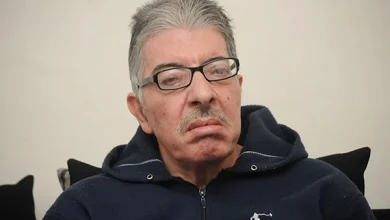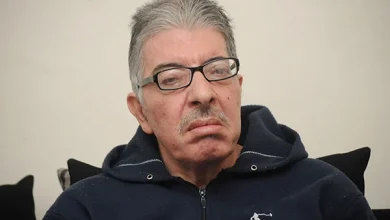Explore the fascinating journey from the eloquence of Classical Arabic to the diversity of spoken dialects. Understand the linguistic evolution that shapes identity and communication within the Arab world on dzwatch.net.
The Linguistic Journey from Classical Arabic to Spoken Dialects
Language is a collective intellectual human product and a fundamental element of identity. It organizes the individual’s relationship with society and defines the intellectual frameworks and cultural dimensions of its speakers. As a vessel of thought and a tool for communication and expression, language is humanity’s means of expressing itself and showcasing its intellect to others.
Originally, language was a primitive human imitation of nature, including sounds such as the babbling of water, the rustling of trees, and the chirping of birds. Whether seen as a divine ordinance from God, as some linguists believe, or a conventional agreement among creations, as others suggest, language ultimately serves as our tool for communication with others, carrying our ideas, hopes, aspirations, and bending to express our sorrows and sighs.
Conceptual Tour of Language
Language, or “lisan” in Arabic, is defined by the renowned linguist Ibn Jinni as “sounds used by a people to express their purposes.” The plural form is “lugha,” and in the authoritative dictionary “Al-Muḥkam,” it is also referred to as “languages” or “lughoon.” “Laghoo” refers to speech, and it is said, “This is their language that they speak with.”
Noam Chomsky, a prominent American linguist, views language as one of the fundamental characteristics of the human species, intertwined with thought, action, and application, serving expressive and communicative functions. Language can be summarized by three basic elements: it is a sound system, a social phenomenon, and it performs an expressive communicative function.
Eloquence, or “fasaha,” is clarity and articulation in speech. A “fasih” tongue is one that is fluent and can distinguish good speech from bad.
Classical Arabic, as defined in the comprehensive “Al-Ma’ani” dictionary, is the language of the Quran and literature, pure and free from any colloquial or foreign words, unlike the vernacular. Orators and preachers strive to use Classical Arabic in their speeches.
A dialect, as Ibn Manzoor clarifies in “Lisan al-Arab,” is the edge of the tongue and the tone of speech. The “Al-Ma’ani” dictionary describes it as a mode of language performance, with Arabic being the root from which various dialects branch out, such as Levantine and Egyptian.
Dialectology is the study of the factors and phenomena concerned with the emergence, differences, and diversity of dialects, despite stemming from a single language. The colloquial language, as opposed to Classical Arabic, is used in everyday life among people who share a geographical location with clear boundaries.
Historically, Arabs expressed dialects by saying “language,” such as the language of Tamim, Qais, and Himyar, among others. Sometimes they referred to it as “lahn” or tune, as seen in lexicons where they might say, “The falcon is ‘saqr’ with ‘sad,’ and with ‘zay’ it is a dialect,” indicating a tribal variation in pronunciation. This also applies to the different Quranic readings, which are referred to as the dialects or languages in which the Quran was revealed.
On dzwatch.net, we delve into the rich tapestry of linguistic evolution, from the eloquence of Classical Arabic to the vibrant tapestry of regional dialects that color our daily communications. Join us in exploring the dynamic and ever-evolving world of the Arabic language.




